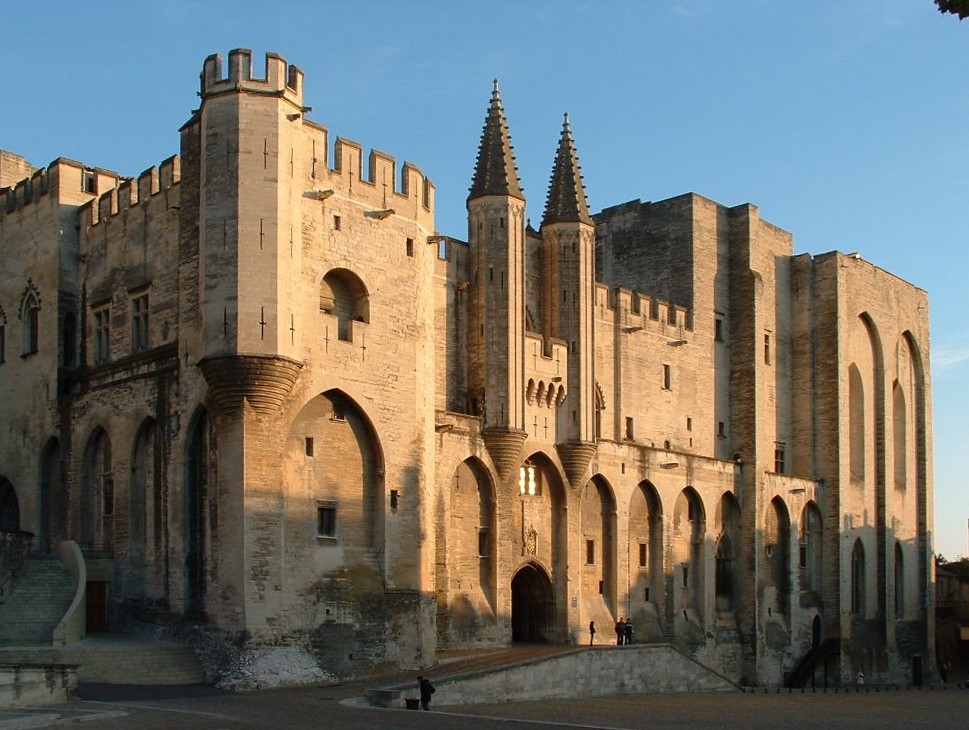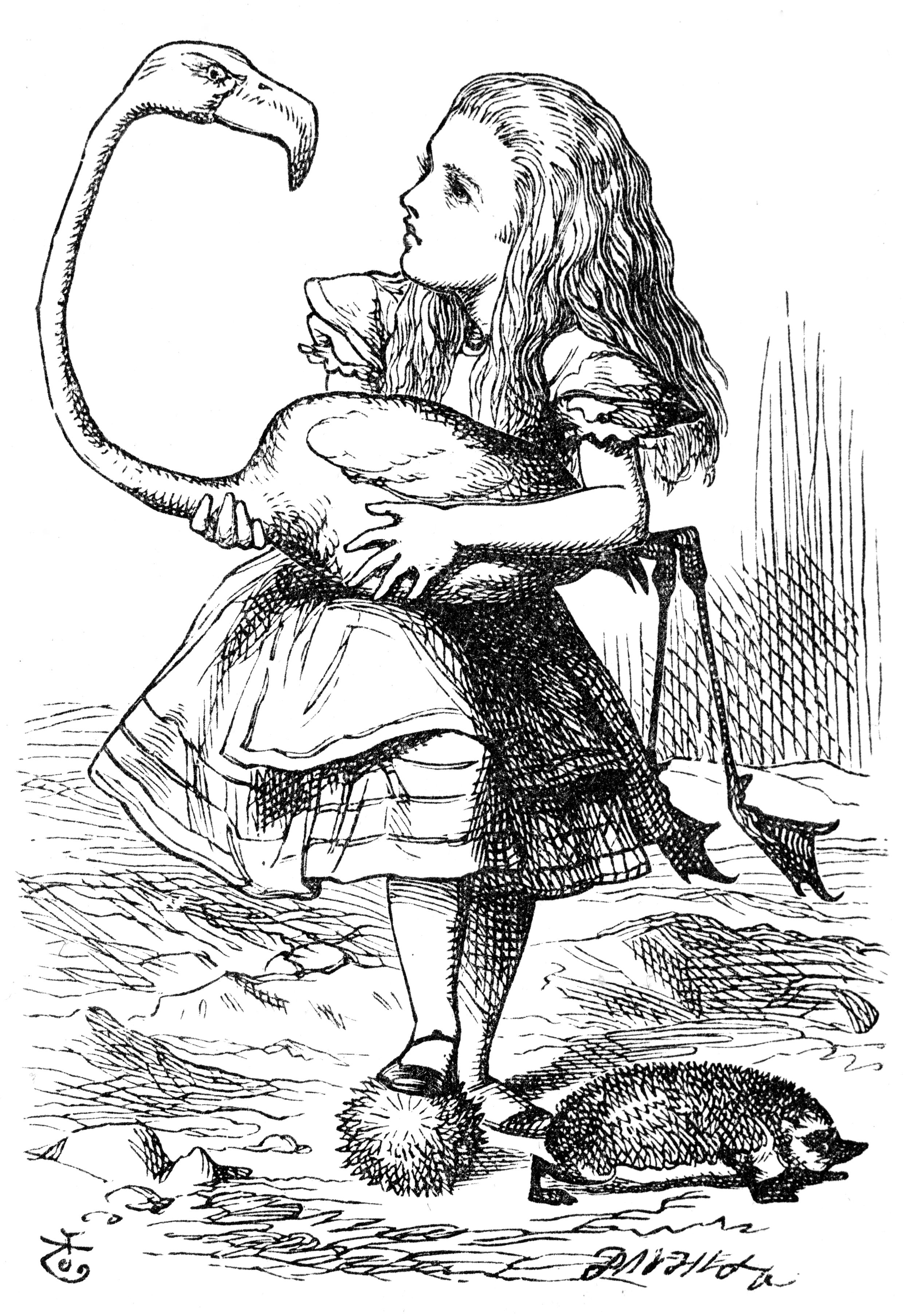|
Uberto Allucingoli
Uberto Allucingoli was an Italian Cardinal (Catholicism), cardinal and cardinal-nephew of Pope Lucius III, his uncle who ostensibly elevated him with the title of San Lorenzo in Damaso in 1182. Modern scholars consider him a fictitious individual who owes his existence to a confusion with Uberto Crivelli, who was created cardinal-priest of San Lorenzo in Damaso in December 1182 and then became Pope Urban III (1185–1187).Elfriede Kartusch: ''Das Kardinalskollegium in der Zeit von 1181-1227.'' Wien 1948, p. 198 note 4. Werner Maleczek: ''Papst und Kardinalskolleg von 1191 bis 1216: die Kardinäle unter Coelestin III. und Innocenz III.'' Wien: Verlag der Österreichischen Akademie der Wissenschaften, 1984, p. 242-248, do not mention him among the cardinals created by Lucius III. References 12th-century Italian cardinals Cardinal-nephews Fictional priests and priestesses Fictional popes {{Italy-RC-cardinal-stub ... [...More Info...] [...Related Items...] OR: [Wikipedia] [Google] [Baidu] |
Cardinal (Catholicism)
A cardinal ( la, Sanctae Romanae Ecclesiae cardinalis, literally 'cardinal of the Holy Roman Church') is a senior member of the clergy of the Catholic Church. Cardinals are created by the ruling pope and typically hold the title for life. Collectively, they constitute the College of Cardinals. Their most solemn responsibility is to elect a new pope in a conclave, almost always from among themselves (with a few historical exceptions), when the Holy See is vacant. During the period between a pope's death or resignation and the election of his successor, the day-to-day governance of the Holy See is in the hands of the College of Cardinals. The right to participate in a conclave is limited to cardinals who have not reached the age of 80 years by the day the vacancy occurs. In addition, cardinals collectively participate in papal consistories (which generally take place annually), in which matters of importance to the Church are considered and new cardinals may be created. Cardina ... [...More Info...] [...Related Items...] OR: [Wikipedia] [Google] [Baidu] |
Cardinal-nephew
A cardinal-nephew ( la, cardinalis nepos; it, cardinale nipote; es, valido de su tío; pt, cardeal-sobrinho; french: prince de fortune)Signorotto and Visceglia, 2002, p. 114. Modern French scholarly literature uses the term "cardinal-neveu'". was a cardinal elevated by a pope who was that cardinal's relative. The practice of creating cardinal-nephews originated in the Middle Ages, and reached its apex during the 16th and 17th centuries. The last cardinal-nephew was named in 1689 and the practice was abolished in 1692.Bunson, Matthew. 1995.Cardinal Nephew. ''The Pope Encyclopedia''. Crown Trade Paperbacks. . The word ''nepotism'' originally referred specifically to this practice, when it appeared in the English language about 1669. From the middle of the Avignon Papacy (1309–1377) until Pope Innocent XII's anti-nepotism bull (a papal charter), ''Romanum decet pontificem'' (1692), a pope without a cardinal-nephew was the exception to the rule. Every Renaissance pope who creat ... [...More Info...] [...Related Items...] OR: [Wikipedia] [Google] [Baidu] |
Pope Lucius III
Pope Lucius III (c. 1097 – 25 November 1185), born Ubaldo Allucingoli, reigned from 1 September 1181 to his death in 1185. Born of an aristocratic family of Lucca, prior to being elected pope, he had a long career as a papal diplomat. His papacy was marked by conflicts with Holy Roman Emperor Frederick I, his exile from Rome and the initial preparations for the Third Crusade. Early career A native of the city of Lucca, he was born c. 1100 (perhaps 1097) as Ubaldo, son of aristocrat Orlando Allucingoli. He had close ties to the Cistercians, but it seems that he never joined the order. Pope Innocent II named him cardinal in December 1138, initially as cardinal-deacon of San Adriano, then (in May 1141) as cardinal-priest of Santa Prassede and sent him as legate to France. Under Pope Eugene III he served as legate to Sicily, and in January 1159 Pope Adrian IV promoted him to Cardinal Bishop of Ostia and Velletri. [...More Info...] [...Related Items...] OR: [Wikipedia] [Google] [Baidu] |
San Lorenzo In Damaso
The Minor Basilica of St. Lawrence in Damaso (Basilica Minore di San Lorenzo in Damaso) or simply San Lorenzo in Damaso is a parish and titular church in central Rome, Italy that is dedicated to St. Lawrence, deacon and martyr. It is incorporated into the Palazzo della Cancelleria, which enjoys the extraterritoriality of the Holy See. History Archaeological evidence suggests the site, like those of many churches in Rome, may have formerly housed a pagan temple. The first documentary evidence of a church at this site is the reference in the synod of Pope Symmachus of AD 499 of a ''Titulus Damasi''. According to tradition, in the AD 380s a basilica church was erected by Pope Damasus I in his own residence. This church is one of many in Rome dedicated to St. Lawrence, including the more ancient and then extra-urban Basilica di San Lorenzo Fuori le Mura, that was rebuilt by the same Pope Damasus I. The original basilica of San Lorenzo in Damaso was demolished by Cardinal Raffaele ... [...More Info...] [...Related Items...] OR: [Wikipedia] [Google] [Baidu] |
Florida International University
Florida International University (FIU) is a public university, public research university with its main campus in Miami-Dade County. Founded in 1965, the school opened its doors to students in 1972. FIU has grown to become the third-largest university in Florida and the List of United States university campuses by enrollment, fifth-largest public university in the United States by enrollment. FIU is a constituent part of the State University System of Florida. In 2021, it was ranked #1 in the Florida Board of Governors performance funding, and had over $246 million in research expenditures. The university is Carnegie Classification of Institutions of Higher Education, classified among "R1: Doctoral Universities – Very high research activity". FIU has 11 colleges and more than 40 centers, facilities, labs, and institutes that offer more than 200 programs of study. It has an annual budget of over $1.7 billion and an annual economic impact of over $5 billion. The university is ac ... [...More Info...] [...Related Items...] OR: [Wikipedia] [Google] [Baidu] |
Pope Urban III
Pope Urban III ( la, Urbanus III; died 20 October 1187), born Uberto Crivelli, reigned from 25 November 1185 to his death in 1187. Early career Crivelli was born in Cuggiono, Italy as the son of Guala Crivelli and had four brothers: Pietro, Domenico, Pastore and Guala. It is often said that the future Pope Celestine IV was the son of Urban's sister, but this claim is without foundation. He studied in Bologna. In 1173, Crivelli was made a cardinal by Pope Alexander III. His original title is unknown, but he opted to be the Cardinal-Priest of San Lorenzo in Lucina in 1182. Lucius appointed him Archbishop of Milan in 1185. Lucius III died on 25 November 1185; Cardinal Crivelli was elected that same day. The haste was probably due to fear of imperial interference. Pontificate Urban III vigorously took up his predecessor's quarrels with Holy Roman Emperor Frederick I Barbarossa, including the standing dispute about the disposal of the territories of the countess Matilda of Tuscan ... [...More Info...] [...Related Items...] OR: [Wikipedia] [Google] [Baidu] |
12th-century Italian Cardinals
1 (one, unit, unity) is a number representing a single or the only entity. 1 is also a numerical digit and represents a single unit of counting or measurement. For example, a line segment of ''unit length'' is a line segment of length 1. In conventions of sign where zero is considered neither positive nor negative, 1 is the first and smallest positive integer. It is also sometimes considered the first of the infinite sequence of natural numbers, followed by 2, although by other definitions 1 is the second natural number, following 0. The fundamental mathematical property of 1 is to be a multiplicative identity, meaning that any number multiplied by 1 equals the same number. Most if not all properties of 1 can be deduced from this. In advanced mathematics, a multiplicative identity is often denoted 1, even if it is not a number. 1 is by convention not considered a prime number; this was not universally accepted until the mid-20th century. Additionally, 1 is the ... [...More Info...] [...Related Items...] OR: [Wikipedia] [Google] [Baidu] |
Cardinal-nephews
A cardinal-nephew ( la, cardinalis nepos; it, cardinale nipote; es, valido de su tío; pt, cardeal-sobrinho; french: prince de fortune)Signorotto and Visceglia, 2002, p. 114. Modern French scholarly literature uses the term "cardinal-neveu'". was a cardinal elevated by a pope who was that cardinal's relative. The practice of creating cardinal-nephews originated in the Middle Ages, and reached its apex during the 16th and 17th centuries. The last cardinal-nephew was named in 1689 and the practice was abolished in 1692.Bunson, Matthew. 1995.Cardinal Nephew. ''The Pope Encyclopedia''. Crown Trade Paperbacks. . The word ''nepotism'' originally referred specifically to this practice, when it appeared in the English language about 1669. From the middle of the Avignon Papacy (1309–1377) until Pope Innocent XII's anti-nepotism bull (a papal charter), ''Romanum decet pontificem'' (1692), a pope without a cardinal-nephew was the exception to the rule. Every Renaissance pope who create ... [...More Info...] [...Related Items...] OR: [Wikipedia] [Google] [Baidu] |
Fictional Priests And Priestesses
Fiction is any creative work, chiefly any narrative work, portraying individuals, events, or places that are imaginary, or in ways that are imaginary. Fictional portrayals are thus inconsistent with history, fact, or plausibility. In a traditional narrow sense, "fiction" refers to written narratives in prose often referring specifically to novels, novellas, and short stories. More broadly, however, fiction encompasses imaginary narratives expressed in any medium, including not just writings but also live theatrical performances, films, television programs, radio dramas, comics, role-playing games, and video games. Definition Typically, the fictionality of a work is publicly marketed and so the audience expects the work to deviate in some ways from the real world rather than presenting, for instance, only factually accurate portrayals or characters who are actual people. Because fiction is generally understood to not fully adhere to the real world, the themes and context of ... [...More Info...] [...Related Items...] OR: [Wikipedia] [Google] [Baidu] |




.jpg)


